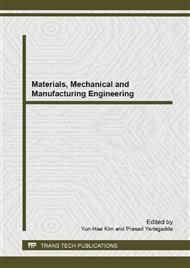p.708
p.712
p.719
p.725
p.729
p.733
p.737
p.742
p.746
The Flooding Tolerance and Growth Characteristics of 2 Woody Species by Flooding Durations for Aquatic Ecosystem Restoration
Abstract:
This study was carried out to select the suitable plants for aquatic ecosystem restoration such as lakes and streams. In this study, 2 woody species were investigated for their survival and growth characteristics in the complete and partly flooding condition with 1day, 3days and 5days flooding durations. Flooding tolerance of Rosa multiflora is high and available on half flooded conditions, and no tolerance on complete flooded conditions except 1day flooding. And flooding tolerance of Spiraea prunifolia is high and available when flooded within 3days. Consequentially, it realized that Rosa multiflora and Spiraea prunifolia known as upland terrestrial plants are available in aquatic ecosystems also, and it is realized Rosa multiflora is more effective than Spiraea prunifolia.
Info:
Periodical:
Pages:
729-732
Citation:
Online since:
November 2013
Authors:
Keywords:
Price:
Сopyright:
© 2014 Trans Tech Publications Ltd. All Rights Reserved
Share:
Citation:


